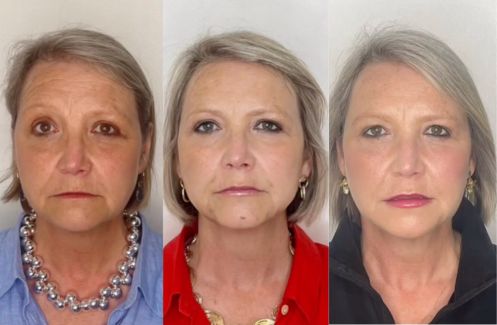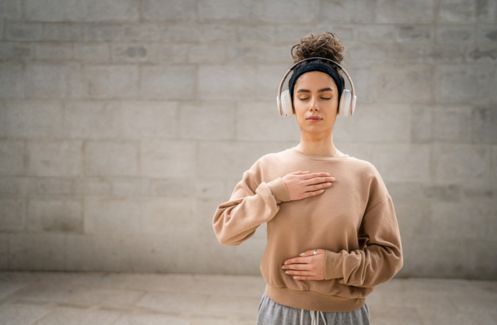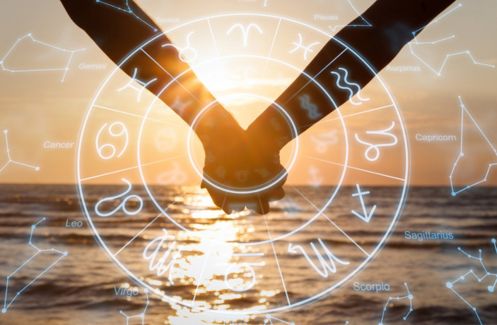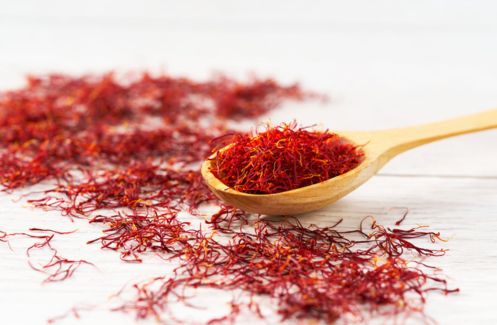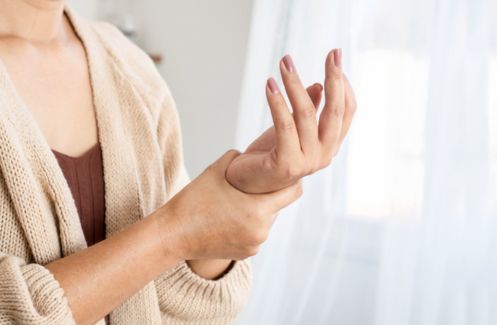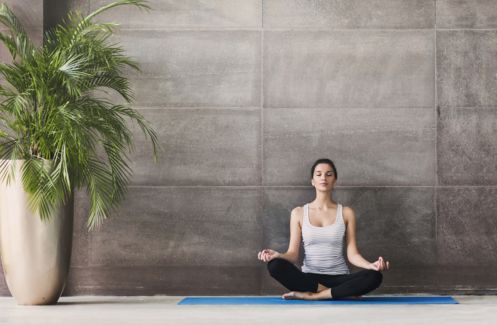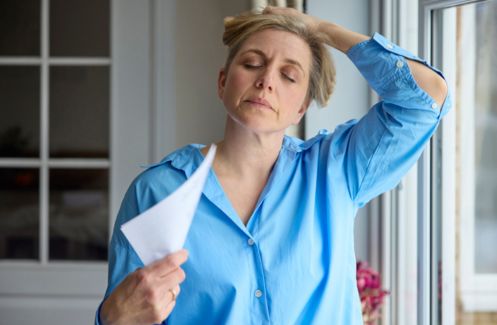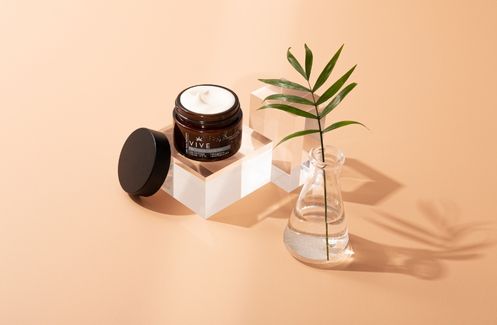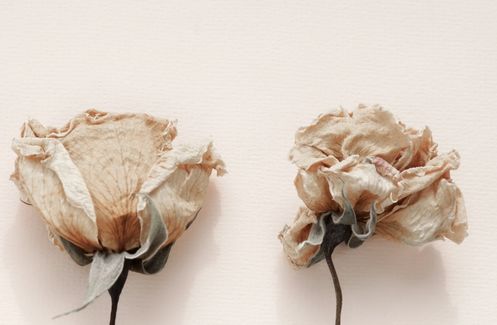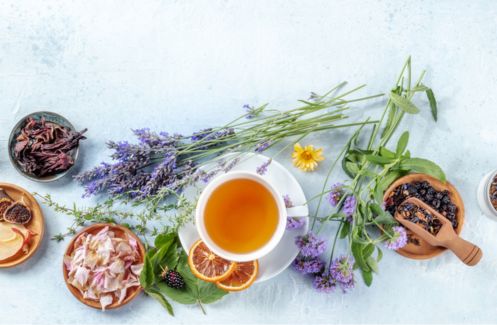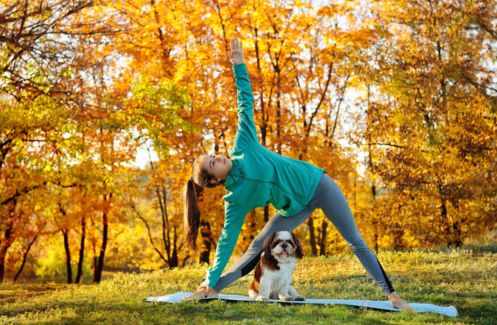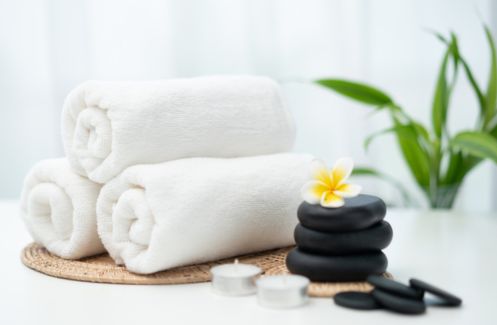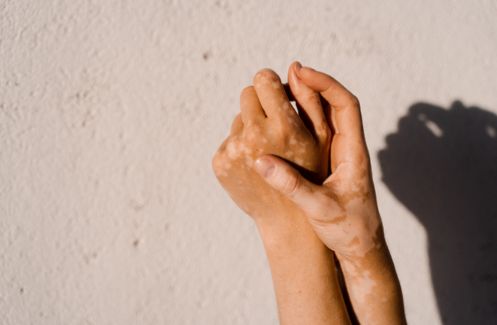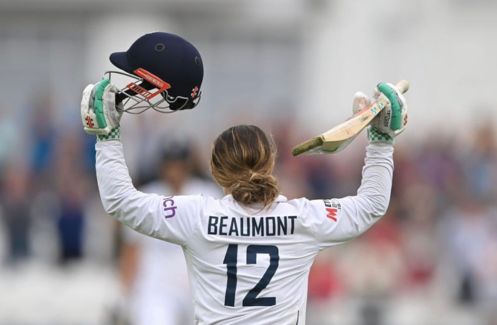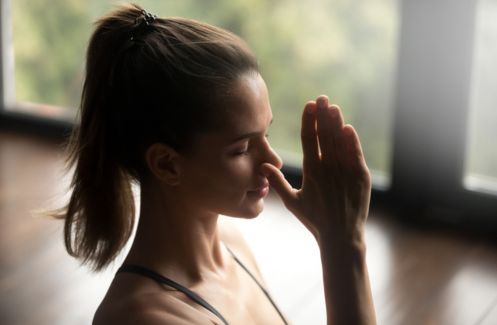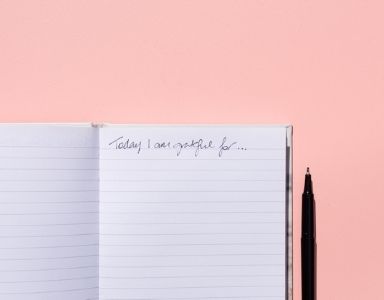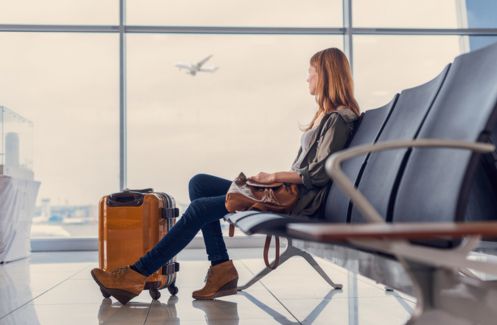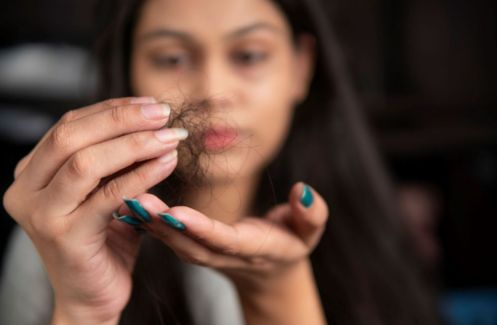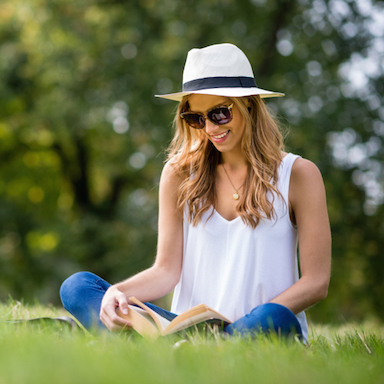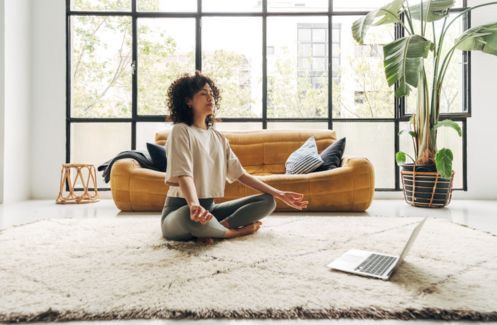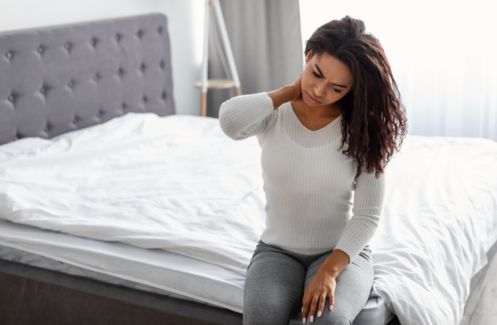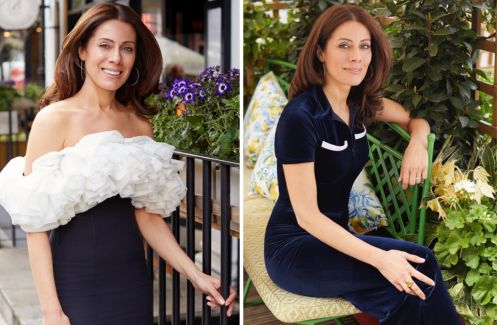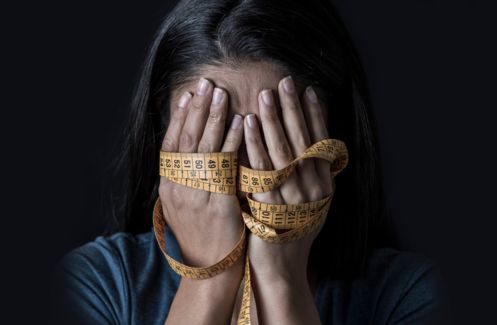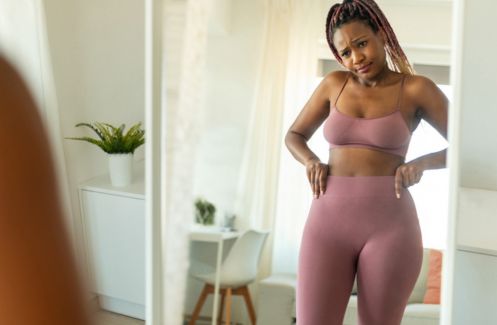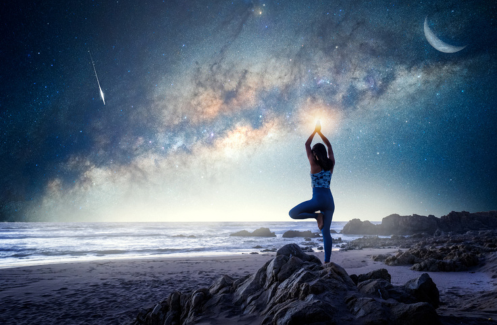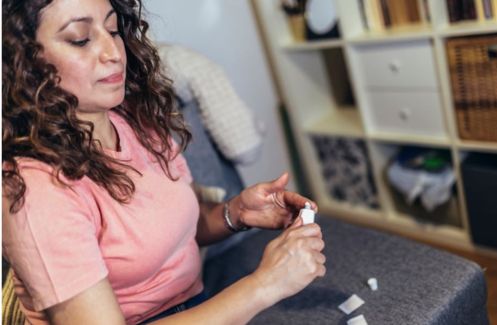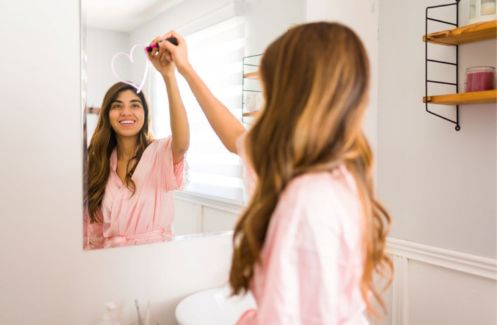Into yoga? Then you’ll have come across an Ashtanga class in your gym or yoga studio. In it, A-types will be flowing and sweating their way through forward bends, backbends and twists. Healthista’s Yoga Girl blogger explains what the hard-core ones mean when they say ‘Mysore-style self-practice’
At first blush, Ashtanga is a rigorous and physically demanding type of yoga. Ashtangis are dedicated (some call us overzealous) to the system that demands we eschew late night parties and wine, for early morning practice and coconut juice.
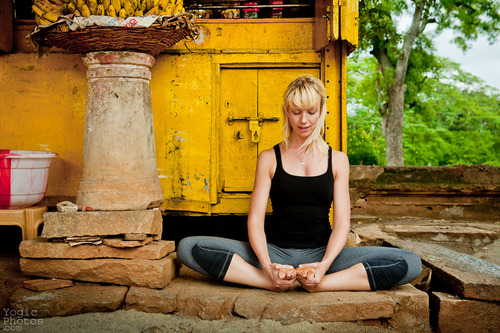
But when practiced traditionally (called Mysore or self-practice) Ashtanga is therapeutic to both the body and the mind. Contrary to its reputation as a one-size fits all approach, Mysore is highly personalized to the individual’s needs. The rewards, should you commit to at least three times a week of practice, are many: a lighter and stronger body, a calmer mind, more energy and a deeper understand of yourself.
For me personally, practicing Mysore makes me a better mother. Four kids, one husband, and a dog. Mysore gives me the energy to nurture them all. Friends who practice Mysore say their relationship to their bodies have changed – they find they accept and love themselves.
Others say practicing Ashtanga the traditional way has changed the way they interact in the world. They no longer rail against it (My boss is an as*hole!) but find a way to be at peace in it (I’m gonna cut him some slack. He’s going through a divorce.)
Private class, group environment
Mysore (named after the city in India where Sri K. Pattabhi Jois first started teaching the system) is a way of learning yoga where the class is not ‘led’ as a whole so there isn’t a teacher up the front telling you what to do.
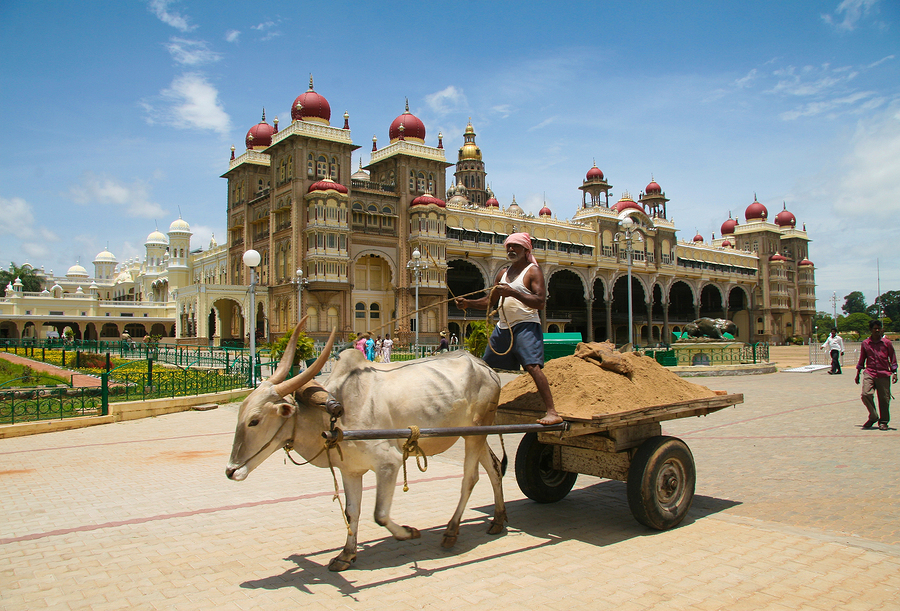
You do your own thing at your own pace and rhythm. It’s kind of like having a private class but in a group environment.
You get lots of personal attention as the teacher gives physical adjustments and verbal cues. You have the flexibility to come when you want; there is no strict start time as you can begin at any point during the session which usually lasts anywhere up to three hours. Some students practice for 30 minutes, while others might find themselves finishing up in 90 minutes.
Not many teachers are authorised to teach self-practice – nearly 450 globally and only 157 in Europe. According to the Sri K. Pattabhi Jois Ashtanga Yoga Institute (KPJAYRI), Ashtanga’s governing body, there are around 20 teachers in the UK teaching Mysore-style Ashtanga.
But if you can find a teacher near where you live, you should try it. Seriously – it’ll change your life for the better in so many ways.
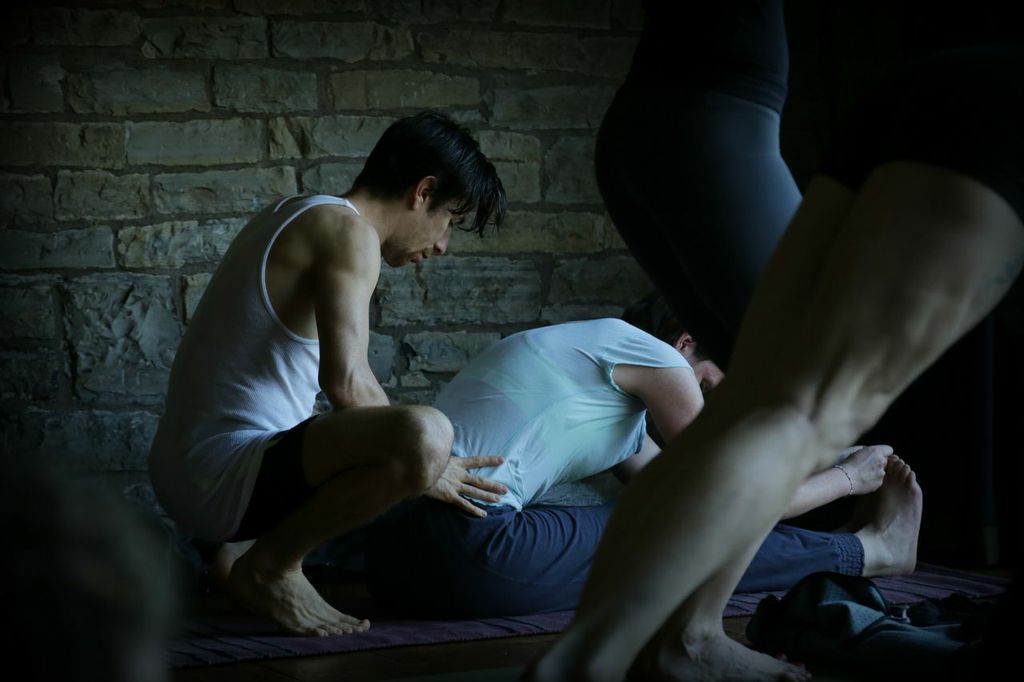
Breathing – with sound
A Mysore class is quiet. All you hear is the sound of deep breathing (like Darth Vadar) and the occasional squeak of a yoga mat as students jump around – there is no teacher talking you through the poses. You must memorize the sequence, but do not be nervous. The teacher will help you when you forget.
Your teacher will physically adjust you at some point during your practice. A skilled teacher will use his hands, knees, feet or even belly to help a student go deeper into the pose, whether that is by bringing the hands together to clasp or gently pushing the upper body forward.
He will also ‘give’ you a new asana (osture) when you demonstrate not necessarily mastery of the previous one (for one man’s upward dog is another man’s cobra), but comfort and evenness in your breath and attention.
Some times you’ll stay at a certain posture for months, even years at a time. That’s a plateau, and happens to everyone. But other times you are moving through the sequence quickly, getting a new posture once every two months.
There are six sequences in the Ashtanga system. Beginners start with the Primary Series consisting of about 25 postures. Some move on to the Intermediate Series. Very few progress beyond that – lore has it that the Sixth Series requires such mastery of the human body that you can stop – and then restart – your own heart.
Of course the point of the practice is not to accumulate postures, but practice every posture, from the simple ones to the hard ones, mindfully, patiently and with humility. You learn a lot about yourself as you face your fear going backwards in a backbend!
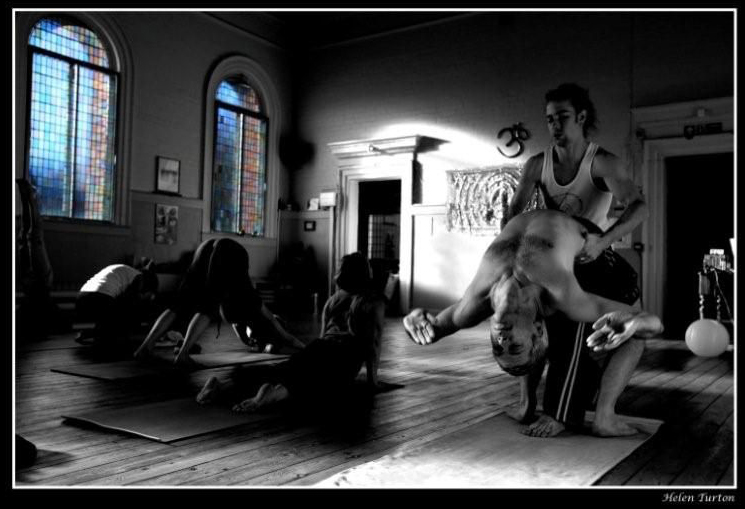
MYSORE ETIQUETTE
1. Do not ask your teacher for a new pose. He’ll let you know when you are ready.
2. Don’t stare at the bendy girl on the mat next to you. She was a beginner once too. Make your own progress and don’t focus on others.
3. Do not eat two hours before you practice. You need an empty stomach to work your way through twists otherwise you’ll feel nauseous.
4. Do not drink water during practice. It cools down the body and you need to keep your internal body temperature warm to assist the expulsion of the body’s toxins.
5. Speaking of toxins, don’t try this practice with a hangover. Trust me. It hurts.
6. You will sweat a lot, so bring a towel and wear clean clothes. Shower before practice. This might seem counter-intuitive, but it’s not nice to the person next to you to smell your dirty sweat. Clean sweat is better. (Yes, there really is such a thing.)
7. Do not skip postures in the sequence. The ones you find the most difficult are the ones you need to practice more.
8. Don’t talk. A Mysore room is quiet. It’s like a mass moving meditation. Not a good time to catch up with your neighbour.
It’s important to move slowly through the Ashtanga sequence. When you do not, injuries occur. So get curious about Mysore-style Ashtanga practice, and find a good teacher to guide you.
19 BEST PLACES TO LEARN ASTANGA YOGA MYSORE-STYLE
Below is a comprehensive list of teachers authorised by the KPJAYRI to teach Ashtanga the traditional way:
1. Ashtanga Yoga London (the place to learn, with the UK’s only certified teacher, Hamish Hendry), Euston, London. Teachers to look out for – Hamish Hendry and Anna Wise www.ashtangayogalondon.com
2. The Yoga Place, Bethnal Green, London, Teacher to look out for – Cat Robertson www.yogaplace.co.uk
3. Triyoga, Mysore programs run in their Primrose Hill, Soho and Chelsea studios in London, Teacher to look out for – Brett Porzio www.triyoga.co.uk
4. The Life Centre, Mysore programs in both locations – Notting Hill and Islington in London, Teacher to look out for – Melanie Cooper www.thelifecentre.com
5. Keen On Yoga, Moorgate, London, Teacher to look out for – Adam Keen www.keenonyoga.com
6. Blue Cow Yoga, Moorgate, London, Teacher to look out for – Lauren Munday www.bluecowyoga.com
7. Stillpoint Yoga, London Bridge, Teacher to look out for – Scott Johnson www.stillpointyogalondon.com
8. The Shala, In West Norwood from Feb. 1, Teacher to look out for – Gingi Lee www.theshala.co.uk
9. The Light Centre, Belgravia, London, Teacher to look out for – Ursula Scott www.lightcentrebelgravia.co.uk
10. Ashtanga Yoga Cornwall, Wadebridge Teacher to look out for – Denise Christensen www.ashtangayogacornwall.blogspot.co.uk
11. Ashtanga Yoga Leeds, Teacher to look out for – Joey Miles www.ashtangayogaleeds.com
12. Brighton Ashtanga Shala, Brighton Teacher to look out for – Laura Cornish www.brightonashtangashala.com
13. Ashtanga Yoga Oxford, Teacher to look out for – Emanuele Rossi www.ashtangayogaoxford.org
14. Ashtanga Yoga Nottingham www.ashtangayoganottingham.com
15. Ashtanga Yoga Essex Harlow www.Ashtangayogaessex.com
16. Ashtanga Yoga Bath www.yogaandayruveda.co.uk
17. Ashtanga Yoga Edinburgh www.inspiralcentre.com
18. Ashtanga Yoga Glasgow, Teacher to look out for – Cathy Moran www.ashtangayogaglasgow.com
19. Stone Monkey Yoga Studio and Café Leamington Spa Teacher to look out for – Digby Platt www.stonemonkey-yoga.co.uk
Main photographs by Christine Hewitt : www.yogicphotos.com
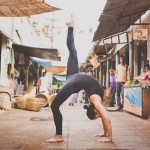
More from Genny :
EXPLAINED! Sh*t yoga teachers say from ‘find your edge’ to ‘get grounded’
Think you can’t do a headstand?
I did intense yoga until the day I gave birth
Some days I feel like I could fly
Like this article? Sign up to our newsletter to get more articles like this delivered straight to your inbox.













